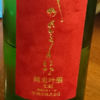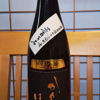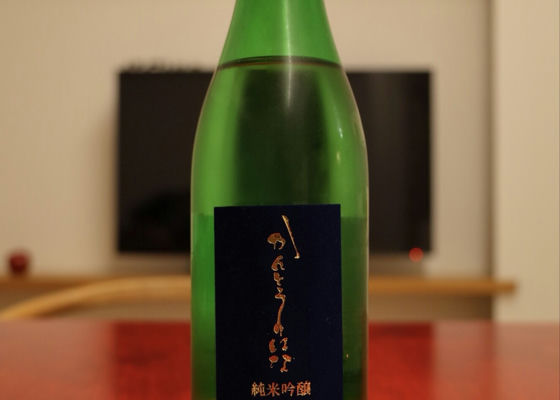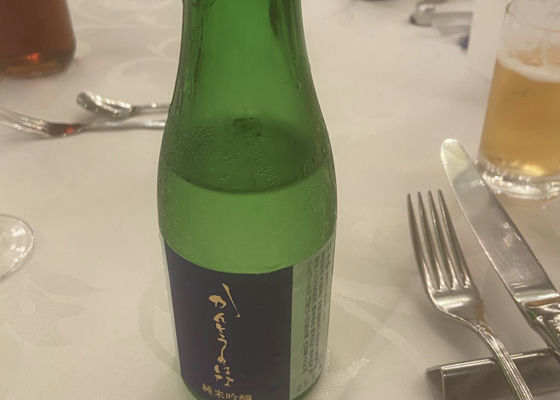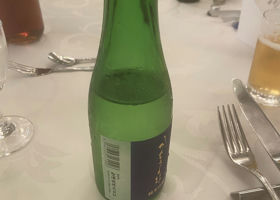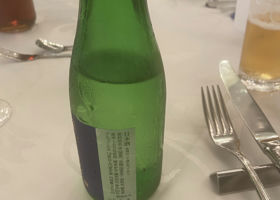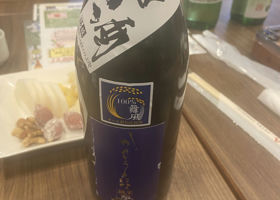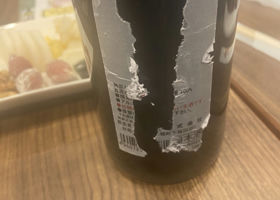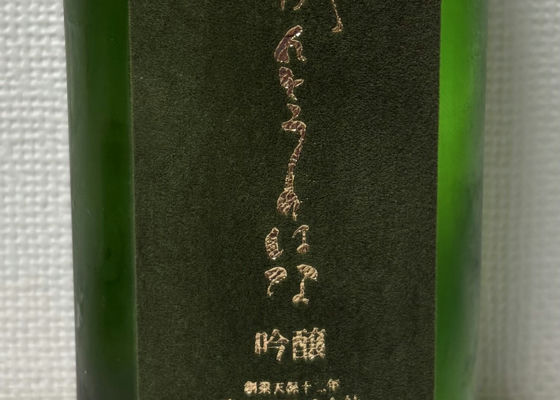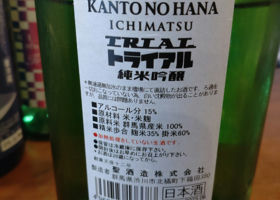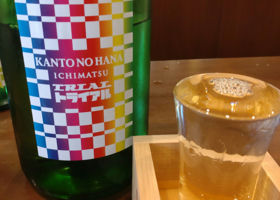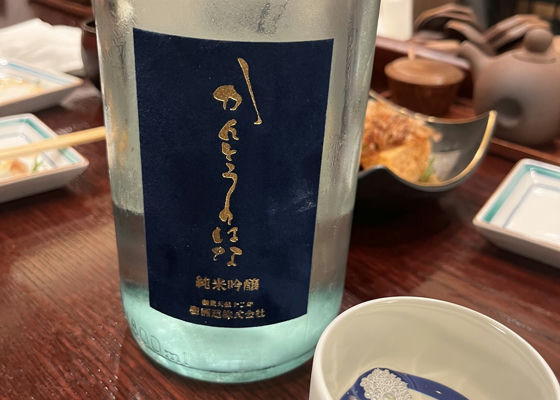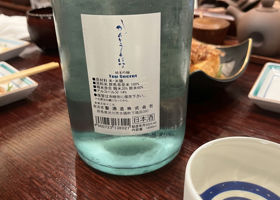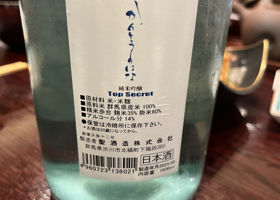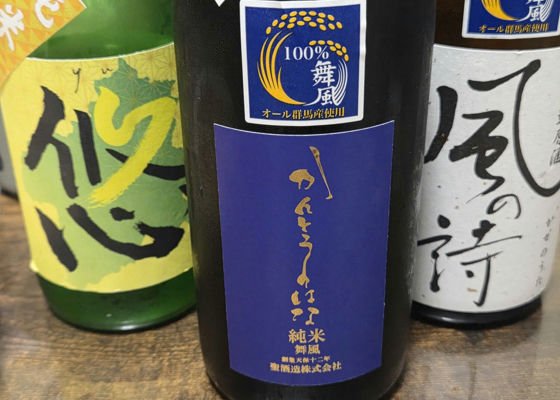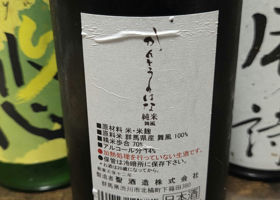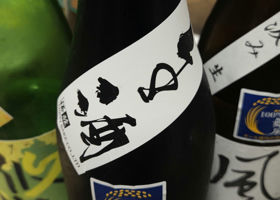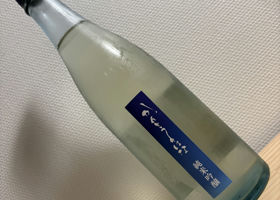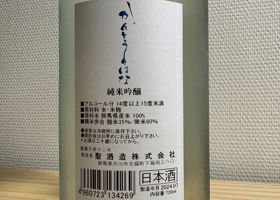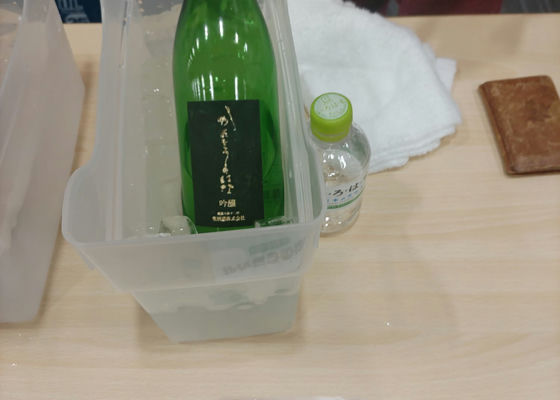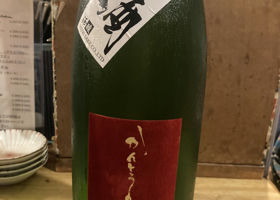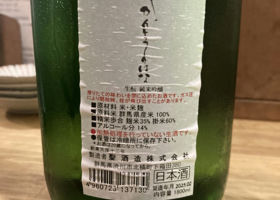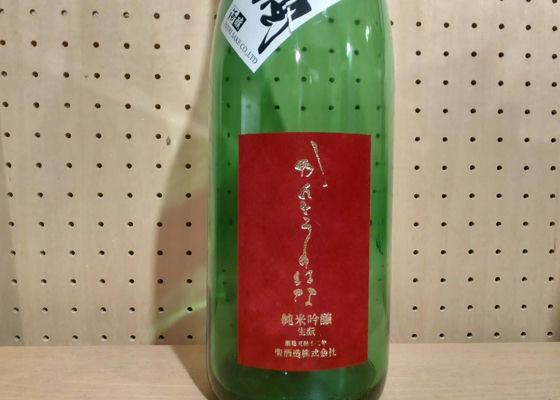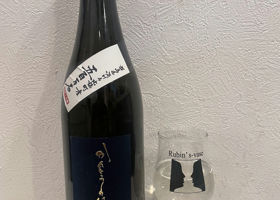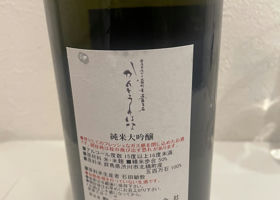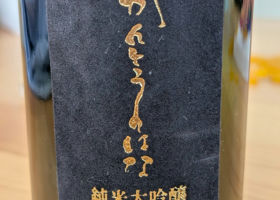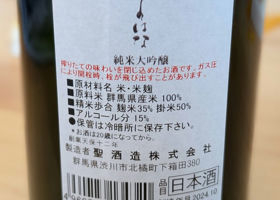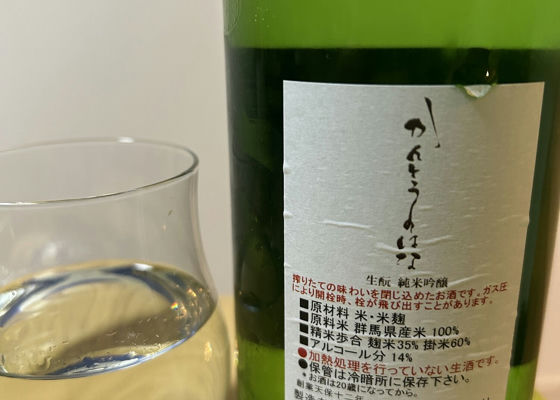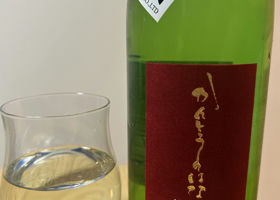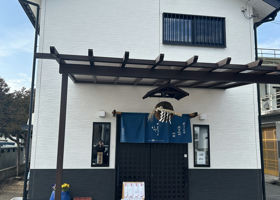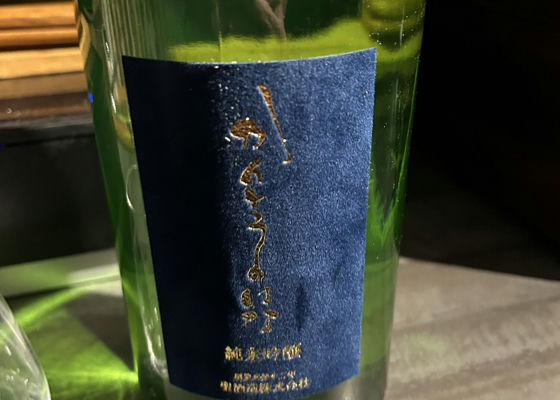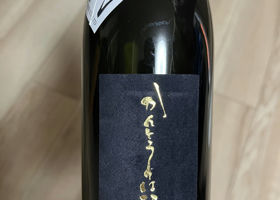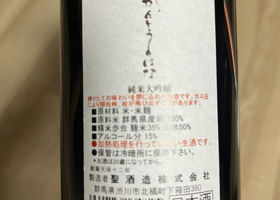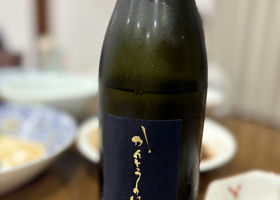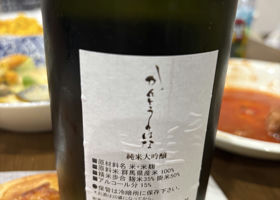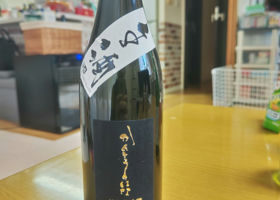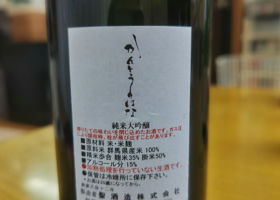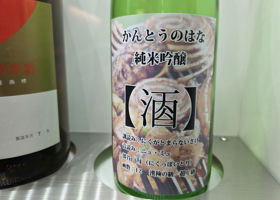
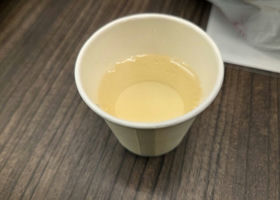

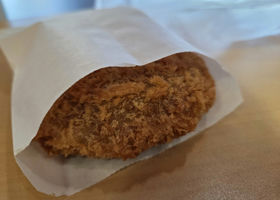
stst
The last area where we could see the Chichibu Mountains, Mount Asama, Mount Haruna, Mount Akagi (and the snow-capped Tanigawa Mountains in the background) was truly scenic. It was a great way to end my trip to Gunma, and I couldn't resist eating some Jyoshu barley pork cutlets with a side of the view!
Lastly, in honor of the menchikatsu, we had "Kanto no Hana" (flower of Kanto), which goes well with meat.
Banana and tropical fruit aroma.
The palate has a unique touch of lactic acid beverage-type softness and sweet-sourness.
However, it is not clingy and gradually becomes clearer, giving it a sense of balance that makes it suitable for eating. It was a beautiful taste, not unlike the earlier "Kwangto"!
We will visit again next year with Gunma fever. 🙂↕️
Japanese>English
ma-ki-
Good evening, stst-san!
You did a good job of making Gunma a sake destination this time 🎵.
I would love to visit Gunma one day 🚋.
I'll take full advantage of your post and use it as a reference when I do 🤗.
Japanese>English
stst
Good morning, ma-ki-!
I'm ready for the new year, and I'm ready to fill up "Akagisan" 💪.
Hot springs, nature, gourmet food, history. And there's plenty of good sake too, so please come and visit us ✨.
Japanese>English

